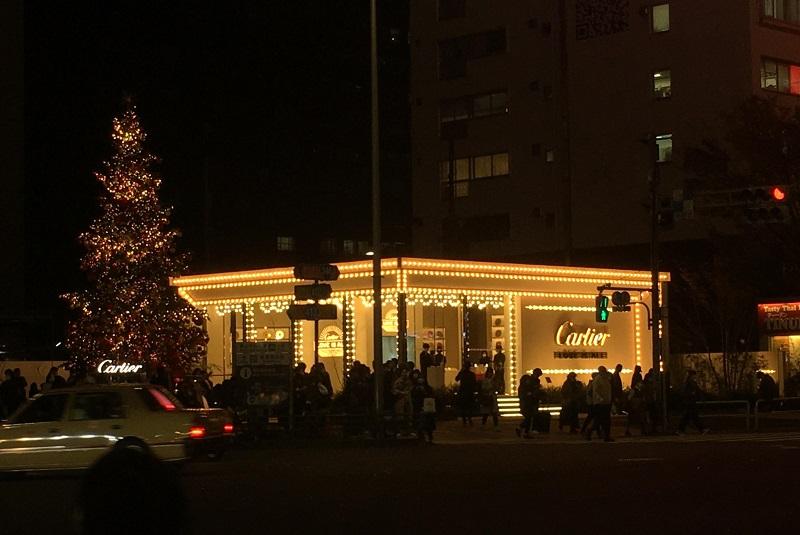
12:00 JST, December 2, 2022
Having a flagship store along Chuo-dori in the Ginza district of Tokyo, or along the capital’s Omotesando avenue, is said to be de rigueur for luxury brands. But although the Omotesando area is beautiful with its rows of zelkova trees, sales there per tsubo (3.3 square meters) are reportedly just one-third of those in Ginza. Only a handful of stores are making a profit.
Unlike business-oriented Ginza, however, Omotesando — which also includes the Harajuku fashion mecca for young people — offers a lot to talk about. Here are some recent topics in the area.
Pop-up events
Tokyo Metro Co. bought a lot across from a Mizuho Bank branch on Aoyama-dori, at the intersection of Aoyama-dori (National Highway Route 246) and Omotesando, where shops like a Nishikawa Co. futon store and an Andersen Co. bakery used to be located.
Various events have been held at the lot. For example, in October, Cartier promoted its perfume there. More are likely scheduled in the future.
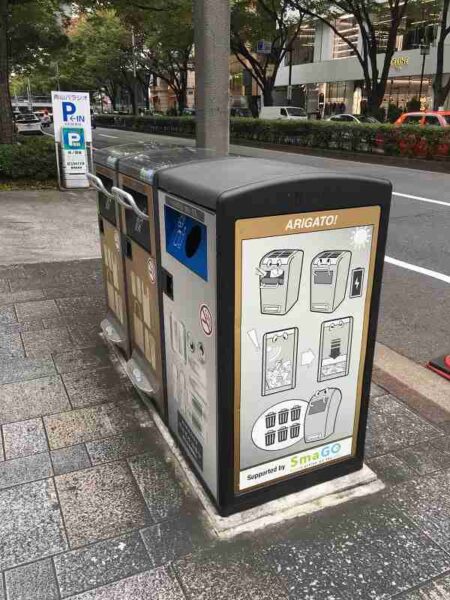
Sustainable trash bin
An unusual trash bin was recently installed beside the Mizuho Bank branch on the Omotesando side. It can reportedly hold five times as much trash as a regular bin of its size, thanks to a built-in compactor, so its garbage doesn’t need to be collected two or three times a day.
The bin is also equipped with a solar panel-powered app that monitors the amount of trash. All bins in Omotesando avenue have been replaced with this type of bin.
MA5 opens in September
On Sept. 5, the 12-story MA5 building was completed a short distance from the Omotesando intersection toward Shibuya along Aoyama-dori and next to Spiral, a landmark of the area. Spiral was opened in 1985 by Wacoal Corp., and is considered as a masterwork of architect Fumihiko Maki.
MA5 stands for its address, Minami-Aoyama 5-chome. The tenants on its third to 11th office floors have already been decided, but those for its first- and second-floor shops have not been disclosed.
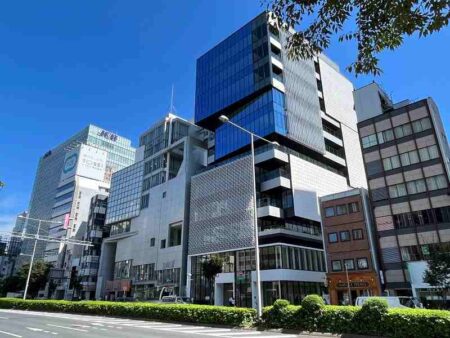
They are expected to be mostly fashion brands, and an announcement is likely to be made around February when spring clothes hit the market.
Aoyama-dori doesn’t seem like an ideal location for fashion brand stores. Shops like those for Chanel perfume and the Greek jewelry brand Folli Follie didn’t stay long at Ao, a multipurpose building across from MA5 on Aoyama-dori, which opened in 2009. It remains to be seen which brands will move into MA5, the first large-scale building built in the area in a long time.
Shein opens Harajuku store
The most youth-friendly fashion zone in the area is probably Cat Street, or so-called Urahara, the mostly pedestrian path that runs between Harajuku and Shibuya.
On Nov. 13, fast-fashion brand Shein opened a shop on Cat Street. A direct-to-consumer brand drawing a lot of attention in the fashion industry, Shein sells all its products online and is run by a Chinese company, but there is little information on the unlisted firm.
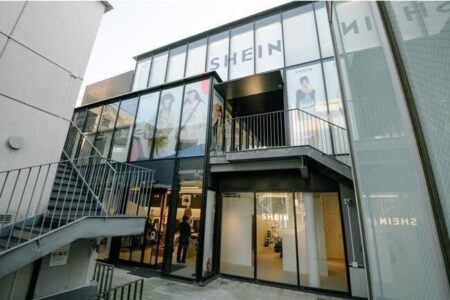
According to a leading Chinese economic magazine, Shein’s annual sales have reached ¥3 trillion, surpassing Uniqlo owner Fast Retailing Co. and approaching Inditex SA, the world’s largest apparel company, which operates Zara.
The Chinese chain has apparently stepped up its business efforts in Japan — in March, it joined the Tokyo Girls Collection.
Customers only try on clothes at the Harajuku store, after which they can place an order through Shein’s website by scanning the QR code on products. This fast fashion company may soon become the world’s No. 1 apparel firm.
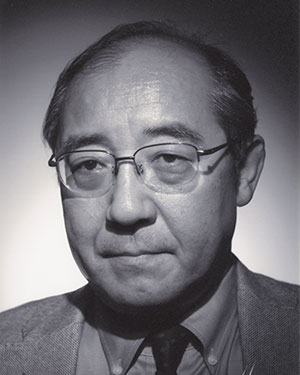
Akira Miura
Miura is a journalist and a former editor in chief of WWD Japan.
"Culture" POPULAR ARTICLE
-

Van Cleef & Arpels Dazzles with Art Deco Artisanry at Tokyo Exhibit
-

Disney’s ‘Twisted-Wonderland’ Animated Series Puts Villains in Spotlight: New Show Features School Inspired by Classic Disney Films
-

Japan Plans to Distribute Manga Overseas Via New Platform
-

Ayumi Hamasaki’s Shanghai Concert Canceled Day Before Schedule as Part of Beijing Backlash
-

‘The World Masterpiece Theater Series’ Celebrates 50 Years; Animator Looks Back on Creating Anime Classics
JN ACCESS RANKING
-

Tokyo Economic Security Forum to Hold Inaugural Meeting Amid Tense Global Environment
-

Keidanren Chairman Yoshinobu Tsutsui Visits Kashiwazaki-Kariwa Nuclear Power Plant; Inspects New Emergency Safety System
-

Imports of Rare Earths from China Facing Delays, May Be Caused by Deterioration of Japan-China Relations
-

University of Tokyo Professor Discusses Japanese Economic Security in Interview Ahead of Forum
-

Japan Pulls out of Vietnam Nuclear Project, Complicating Hanoi’s Power Plans




























